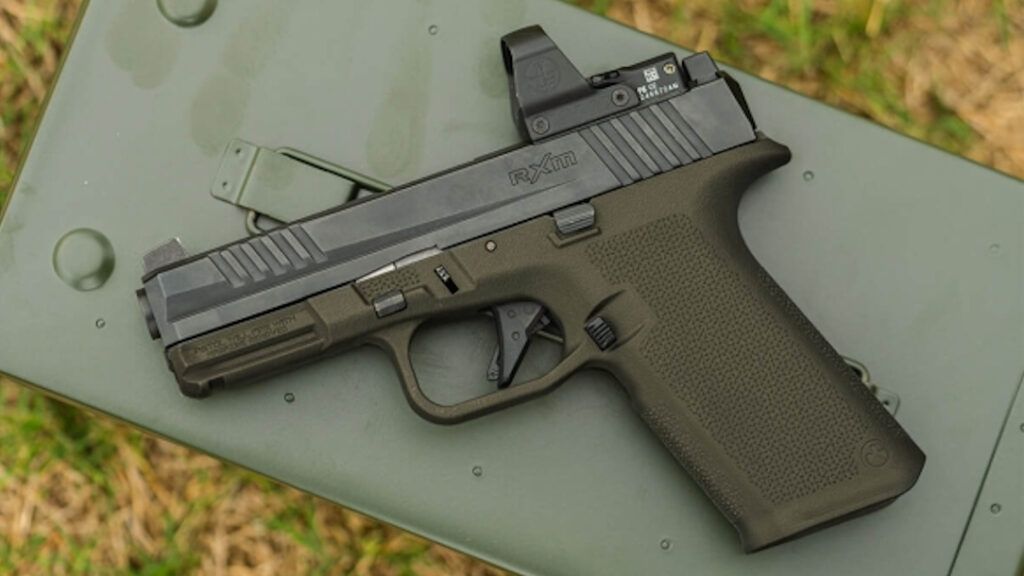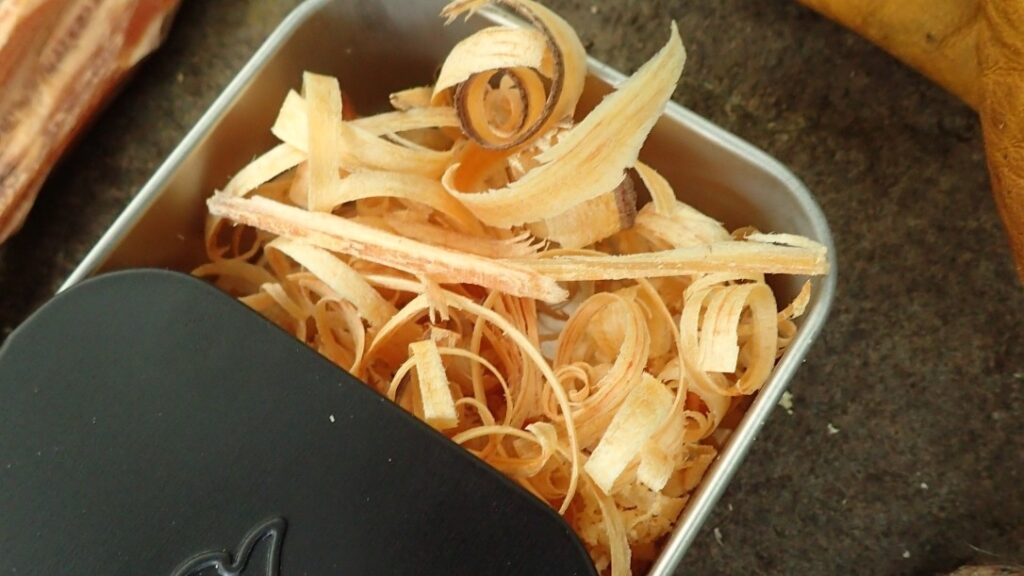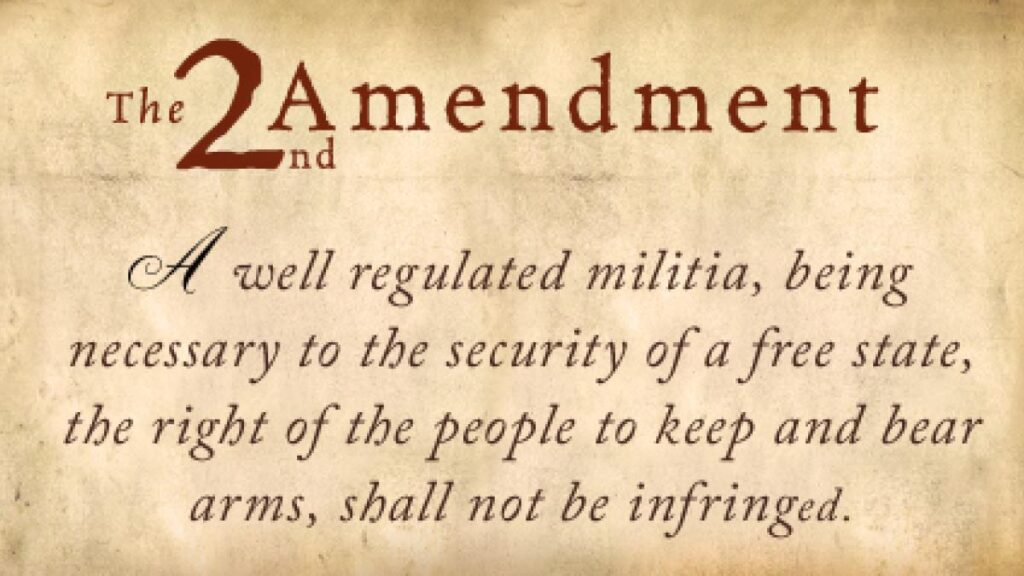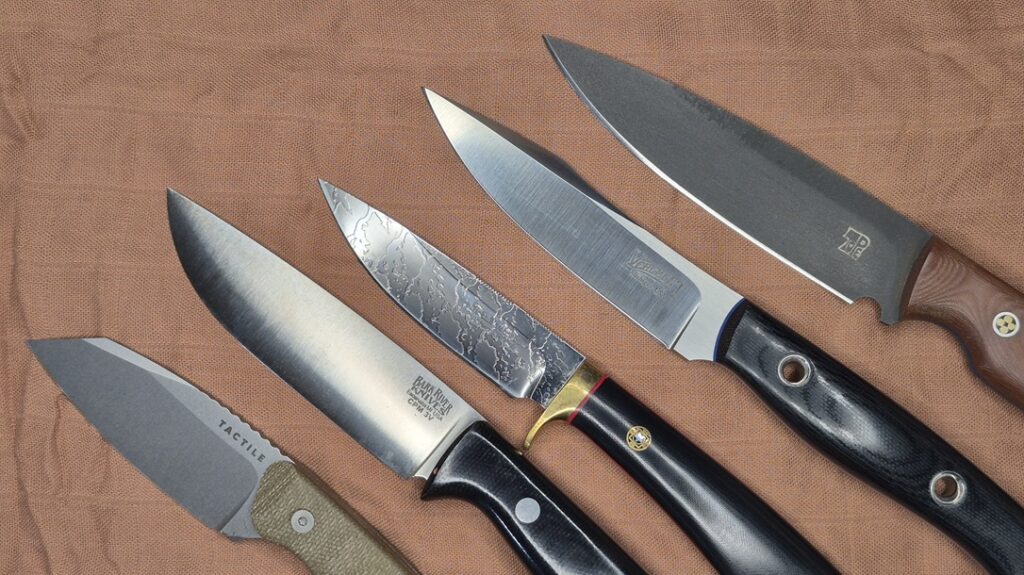The firearm in question is the FG42, a reproduction FG42, actually a reproduction prototype FG42.. made without blueprints.
Neat.
Josh and Henry haven’t published this video to bash these FG42 reproductions as bad, they are in many ways doing what Brandon is with his AK-50. Showing that Weapons development, even in the age of 3D printing for prototyping, still involves a lot of trial and error and fixing it until it works well enough. Sometimes that well enough wasn’t all that good by today’s standards, just better than anything else available.
Advertisement — Continue Reading Below
In an era where the bolt action was the retiring champion standard, any auto-loader that could fairly accurately out ROF (rate of fire) the comparable bolt guns was an asset. Deployed in sufficient numbers into the order of battle, the M1 gave troops an edge when other force multipliers were close. Things like indirect fire support and air cover being those force multipliers. Things like squad makeup, training, and general loadout can change the dynamic significantly if one factor, like the service rifle or premier support weapon, is vastly superior to the competing enemy item.
But judging older weapons by modern machining quality standards just because they were the best of their eras? Not always an accurate portrayal. Watch the video.















